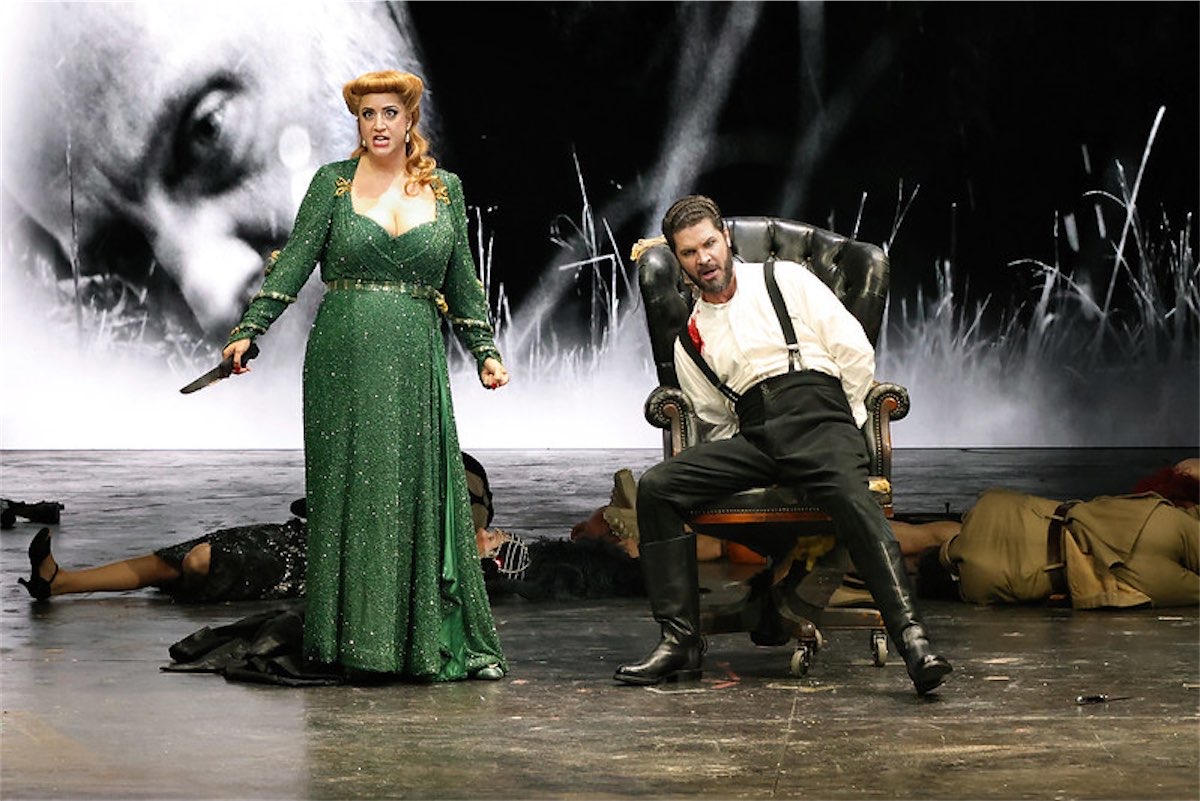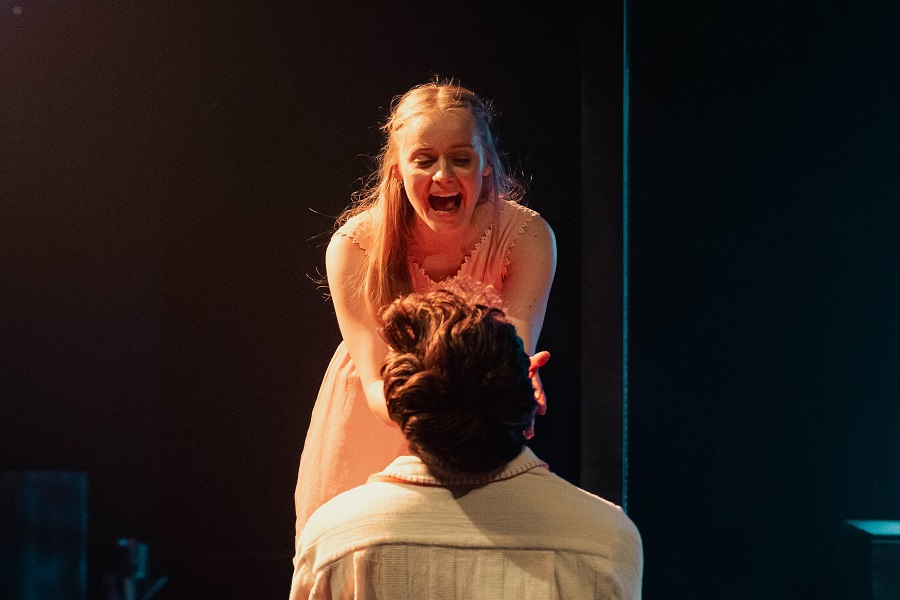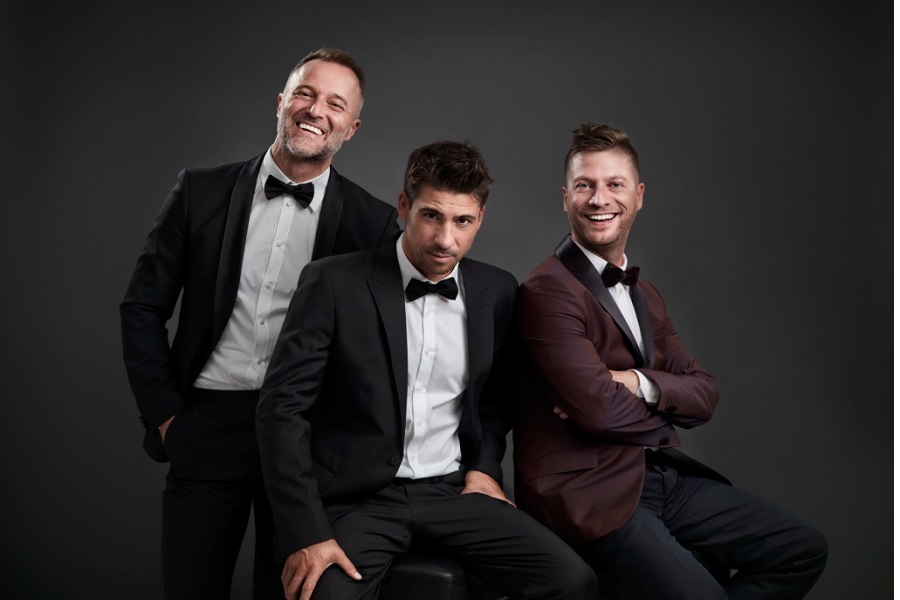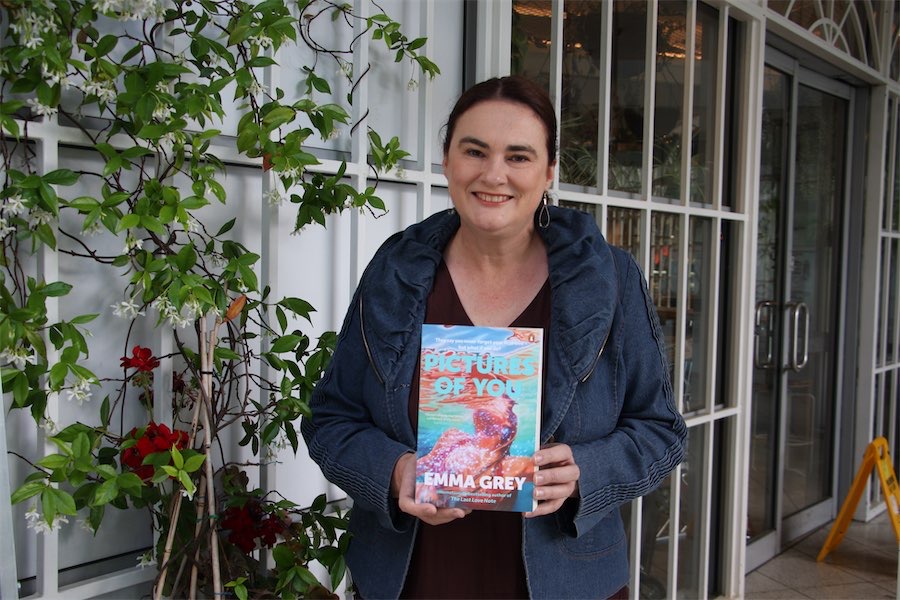
Opera / “Attila”, Opera Australia, directed by Davide Livermore. At Sydney Opera House until November 5. Reviewed by BILL STEPHENS.
THIS was always going to be a memorable night. With the sudden decision by long-serving artistic director Lyndon Terracini to step down from his position a year earlier than originally advised, Opera Australia announced that the opening night of “Attila” would be his official farewell.
This was just the third performance of this massive production since it was forced to close because of covid after only two performances in 2020. “Attila” was re-scheduled in the 2021 season, but that whole season was also lost to the pandemic.
Therefore, the re-scheduling of this production, which Opera Australia shares with La Scala, in 2022, was highly anticipated, particularly as the company had been able to present it with most of the original 2020 cast.
Soprano Natalie Aroyan repeated her much lauded break-out performance as the heroine, Odabella. Aroyan has been steadily cementing her reputation as an outstanding singer, but those two performances as Odabella in 2020 have catapulted her into being recognised as a major star in the operatic firmament. Aroyan credits Terracini as the guiding force behind her career.
Performing beside Aroyan, the great Mexican tenor, Diego Torre, lured to Opera Australia by Terracini, and now an Australian citizen and audience favourite. Also repeating his magnificent performance in the title role as Attila, the celebrated Ukrainian bass-baritone Taras Berezhansky, who will return to his family in war-torn Kyiv immediately the “Attila” season finishes.
This production is a wonderful showcase for Opera Australia’s chorus, which Terracini describes as one of the best opera choruses in the world. Marshalling the huge musical resources necessary to mount this production is conductor Andrea Battistoni.
So expectation was already high when Tahu Matheson took the stage just before the opera commenced to acknowledge Terracini in the audience in the favoured seat he had occupied for the countless performances during the 13 years of his tenure.
When the applause died down however, Matheson made another unexpected announcement. The Italian baritone, Mario Cassi, who was to perform the role of Italian General, Ezio, had taken ill, and that role would now be performed by Opera Australia’s principal baritone Michael Honeyman.
Although Verdi originally set the action for his opera in 5th century Italy, he had written it as a thinly veiled argument for Italy’s independence from Austria. But when director Davide Livermore decided to update his production to fascist Italy during the ’30s, he could hardly have imagined how closely his production would reflect present-day events in Ukraine.
The first scene in the opera is played in a massive setting depicting a war-damaged city. Prisoners are herded on to the stage and summarily shot by Attila’s army. The murders are interrupted by Attila’s entrance on his horse, and while he is surveying this scene another group of female prisoners are herded in. Among them is Odabella, who defies the gunmen to challenge Attila.
This scene is so realistically staged, that it was shocking in 2020, but now in 2022, it was impossible not to be reminded of the unintentional similarities to the horrible events occurring daily in Ukraine.
Later in the opera there is another disturbing scene depicting Odabella’s childhood recollections of witnessing her father being murdered by a soldier on horseback, and the final Fellini-like decadent party scene in which Odabella reeks her terrible vengeance on Attila, all carefully restaged for this revival by Kate Gaul.
Aroyan of course was even more spectacular during this performance having grown in confidence between the seasons. Together with Berezhansky, Torre and the ever-reliable Honeyman, who rose to the occasion to match them every step of the way, as well as Virgilio Marino and Richard Anderson in lesser roles, this was inspired casting that would be the envy of any opera company in the world.
It was a performance destined to live long in the memories of those who experienced it, but particularly for Berezhansky, who when taking his bows, draped himself in a Ukrainian flag; a gesture that earned tumultuous applause.
Who can be trusted?
In a world of spin and confusion, there’s never been a more important time to support independent journalism in Canberra.
If you trust our work online and want to enforce the power of independent voices, I invite you to make a small contribution.
Every dollar of support is invested back into our journalism to help keep citynews.com.au strong and free.
Thank you,
Ian Meikle, editor




Leave a Reply